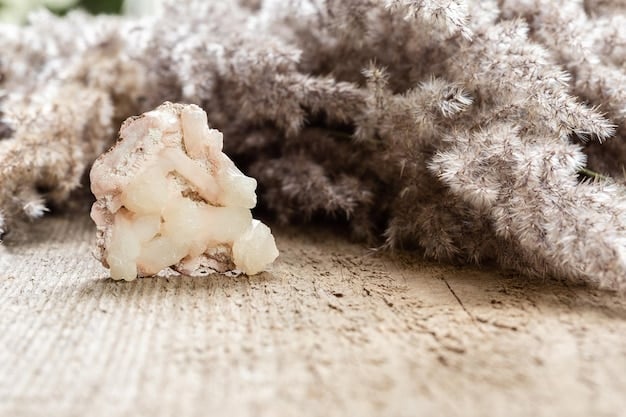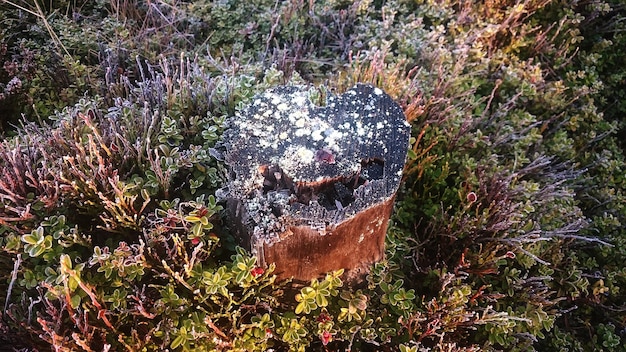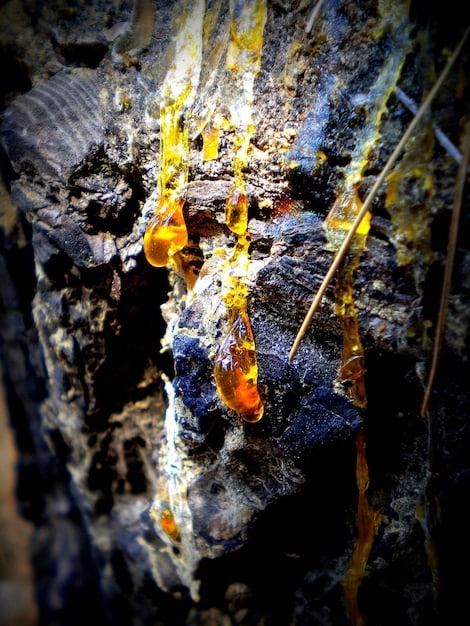Ethical Crystal Sourcing: A US Guide to Responsible Mining

Ethical crystal sourcing is crucial for ensuring that the crystals you purchase are mined responsibly, supporting fair labor practices, and minimizing environmental impact. This guide focuses on how to choose ethically sourced crystals mined in the US.
Are you fascinated by the beauty and supposed healing properties of crystals but concerned about their origins? This guide will help you navigate the ethical sourcing of crystals: how to choose crystals that are mined responsibly in the US, ensuring your purchase supports fair labor and environmental sustainability.
Understanding Ethical Sourcing of Crystals
Ethical sourcing in the crystal industry means ensuring that crystals are mined and traded in a way that respects human rights, provides fair wages and safe working conditions for miners, and minimizes environmental damage.
Why Is Ethical Sourcing Important?
The crystal industry, like many others, can be plagued by unethical practices. Understanding why ethical sourcing matters helps consumers make informed choices.
- Human Rights: Unethical mining practices often involve child labor, forced labor, and dangerous working conditions.
- Environmental Impact: Irresponsible mining can lead to deforestation, soil erosion, and water contamination.
- Fair Trade: Ethical sourcing ensures that miners receive fair compensation for their labor, supporting their livelihoods.
Supporting ethical sourcing means contributing to a more just and sustainable industry. By choosing responsibly mined crystals, you are investing in a future where both people and the planet are respected.
Identifying US-Mined Crystals
One way to ensure ethical sourcing is to focus on crystals mined in the United States. US mines are generally subject to stricter labor and environmental regulations compared to those in many other countries.

Where to Find US-Mined Crystals
Several states in the US are known for crystal mining. Knowing where these mines are located can help you find crystals with greater assurance of ethical sourcing.
- Arkansas: Famous for quartz crystals, particularly clear quartz.
- California: Known for tourmaline, garnet, and other gemstones.
- Arizona: Produces turquoise, chrysocolla, and peridot.
Directly purchasing from mines or reputable dealers who source from US mines is a reliable way to support ethical practices and ensure transparency in the supply chain. Look for certifications or guarantees of origin to verify the crystals’ source.
Researching Crystal Suppliers
Finding reputable suppliers is essential for ensuring you are purchasing ethically sourced crystals. Here are some methods to verify a supplier’s ethics.
Check for Certifications
Certifications can provide assurance that a supplier adheres to ethical standards. Look for certifications that focus on fair labor and environmental sustainability.
While specific certifications for crystal mining are rare, general fair trade and environmental certifications can indicate a supplier’s commitment to ethical practices.
Ask Questions Directly
Don’t hesitate to contact suppliers and ask about their sourcing practices. Transparency is a key indicator of ethical behavior.
Inquire about where they source their crystals, their labor practices, and any environmental protections they have in place.
Understanding Mining Practices
Different mining methods have varying impacts on the environment and the communities involved. Understanding these practices can help you make more informed decisions.

Open-Pit Mining vs. Underground Mining
Open-pit mining can have significant environmental impacts, while underground mining tends to be less disruptive but can pose greater risks to miners.
Open-pit mining involves removing large amounts of surface soil and rock, leading to habitat destruction and potential water contamination. Underground mining, while more targeted, requires stringent safety measures to protect miners from collapses and other hazards.
Rehabilitation Efforts
Responsible mining companies invest in rehabilitation efforts to restore mined areas. Look for suppliers who demonstrate a commitment to environmental stewardship.
These efforts can include reforesting mined areas, restoring water sources, and stabilizing soil to prevent erosion.
The Role of Transparency and Traceability
Transparency and traceability are vital for ensuring the ethical sourcing of crystals. Knowing where a crystal comes from and how it was mined can empower consumers to make responsible choices.
Supply Chain Visibility
Ethical suppliers should be able to provide information about each stage of the supply chain, from the mine to the retailer.
This includes details about the mining company, labor practices, and environmental protections.
Technology and Traceability
Emerging technologies like blockchain can enhance traceability in the crystal industry.
Blockchain allows for transparent and secure tracking of crystals from the mine to the consumer, making it easier to verify their ethical origin.
Supporting Local Communities
Purchasing from mines that support local communities can have a positive impact on the lives of miners and their families.
Fair Wages and Working Conditions
Ethical mines prioritize fair wages and safe working conditions for their employees.
This includes providing adequate safety equipment, healthcare benefits, and opportunities for training and advancement.
Community Development Projects
Some mines invest in community development projects, such as schools, healthcare facilities, and infrastructure improvements.
These projects can improve the quality of life for local residents and foster a stronger relationship between the mine and the community.
| Key Point | Brief Description |
|---|---|
| ⛏️ US-Mined Crystals | Sourced from mines within the United States, often with stricter regulations. |
| ✅ Certifications | Looking for fair trade and environmental certifications from suppliers. |
| 🔍 Transparency | Requesting supply chain information from crystal suppliers. |
| 🤝 Community Support | Purchasing from mines that invest in locals with fair pay and development. |
FAQ on Ethical Crystal Sourcing
▼
Ethically sourced crystals are mined and traded in a way that respects human rights, ensures fair labor practices, and minimizes environmental impact. This includes fair wages, safe working conditions, and environmental rehabilitation.
▼
Look for certifications, ask suppliers about their sourcing practices, and prioritize US-mined crystals. Transparency and traceability are key indicators. Support suppliers who provide detailed information about their supply chain.
▼
Arkansas, California, and Arizona are known for crystal mining. These states often have stricter labor and environmental regulations compared to other regions, making them a better choice for ethical sourcing.
▼
Signs of unethical mining include lack of transparency, undocumented origins, unusually low prices, and absence of fair trade certifications. Be wary of suppliers who can’t provide detailed information about their mining practices.
▼
Ethical mining supports local communities through fair wages, safe working conditions, and community development projects. Unethical mining can lead to exploitation, environmental damage, and social disruption, harming the well-being of local residents.
Conclusion
Choosing the ethical sourcing of crystals: how to choose crystals that are mined responsibly in the US might require thorough research and conscious purchasing, but it ensures support for ethical labor, environmental sustainability, and community well-being. By making informed choices, you can enjoy the beauty and perceived benefits of crystals with a clear conscience.





